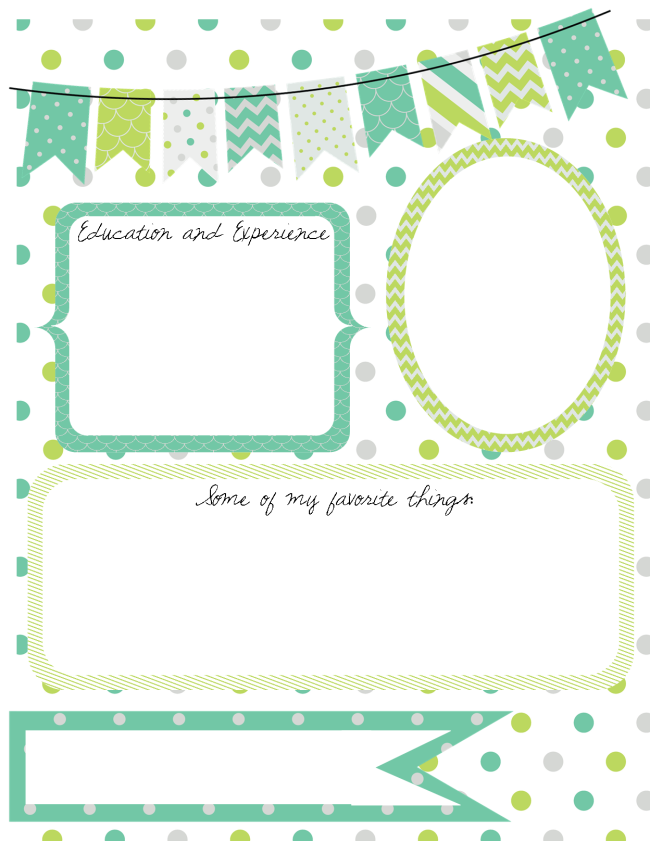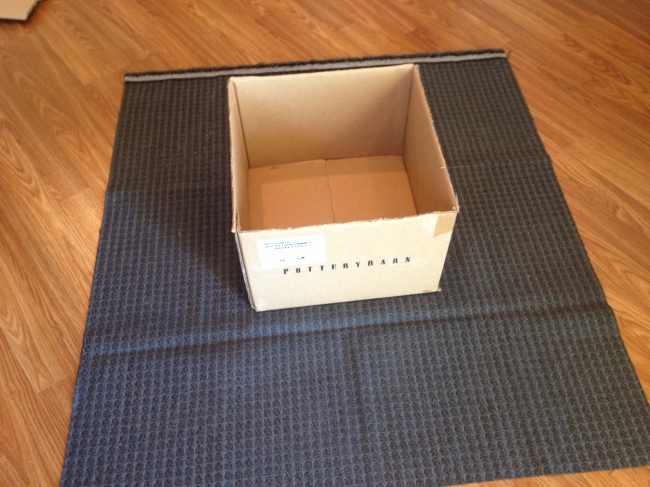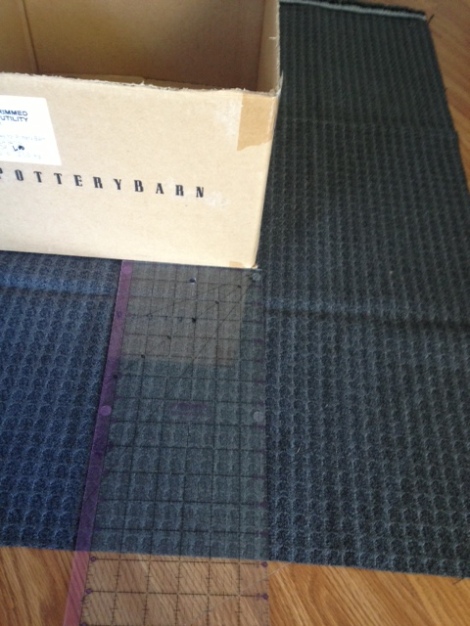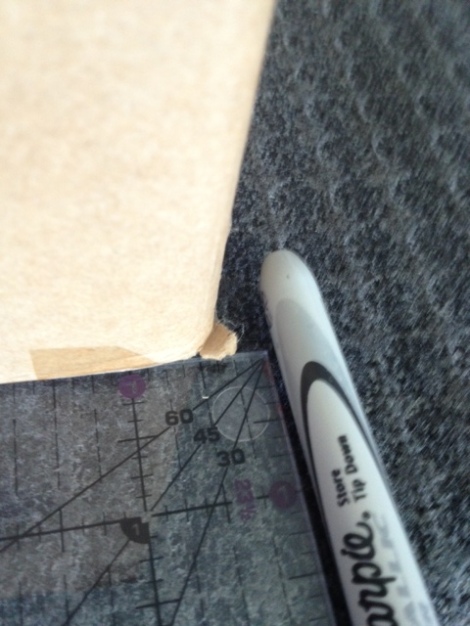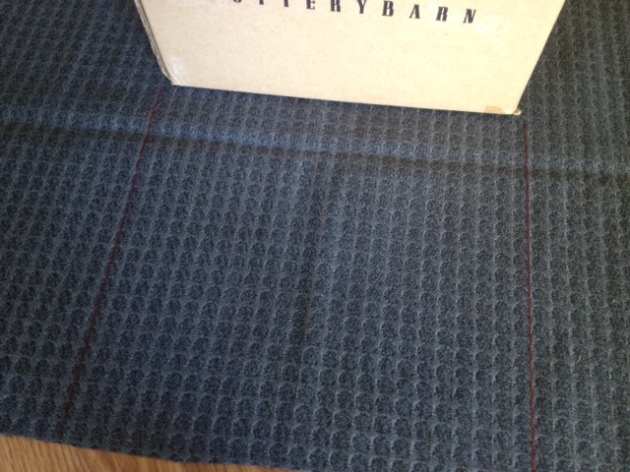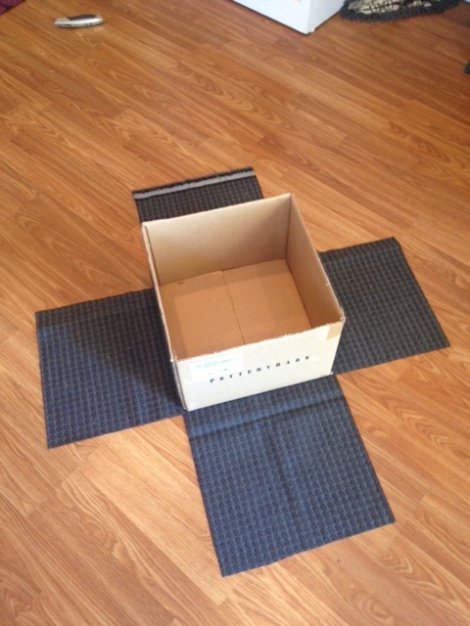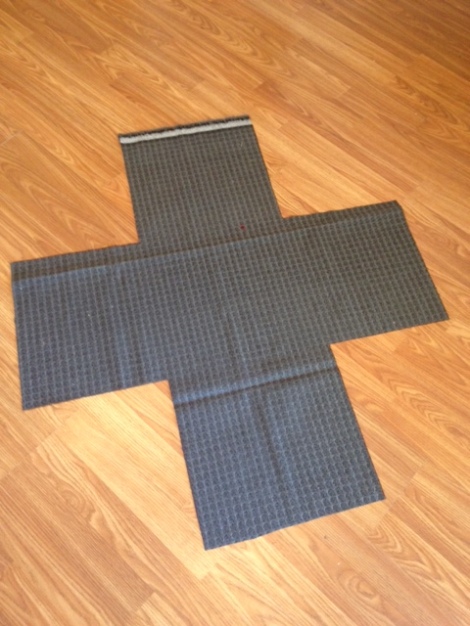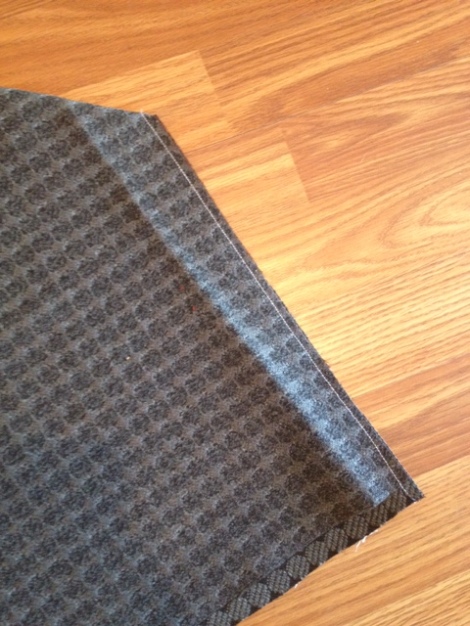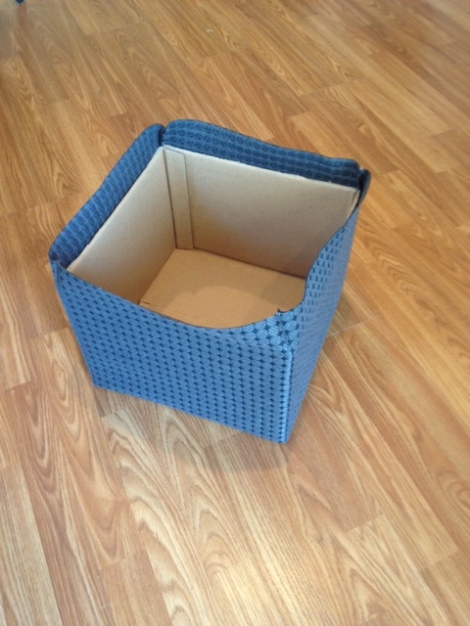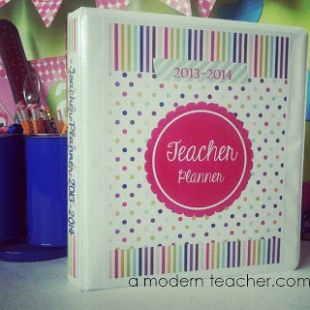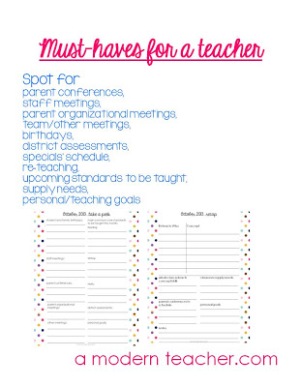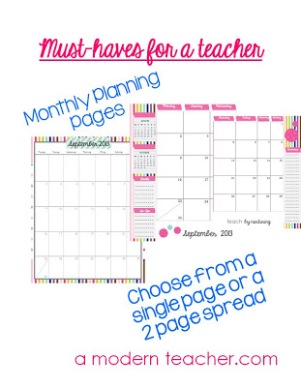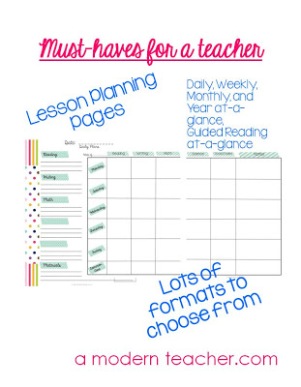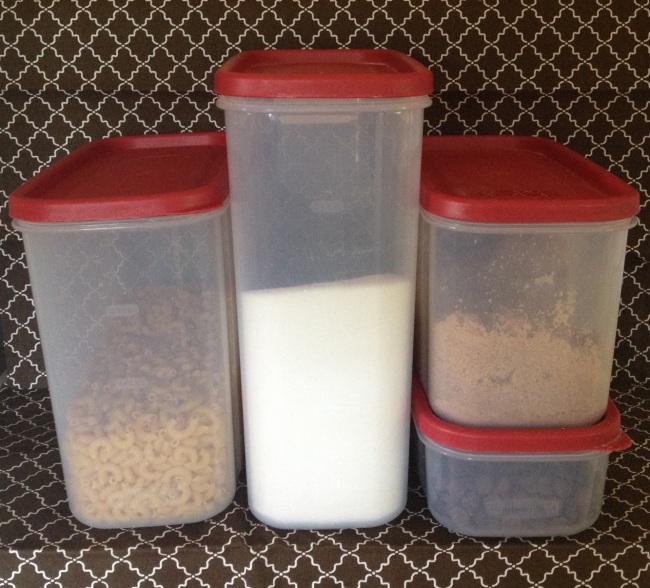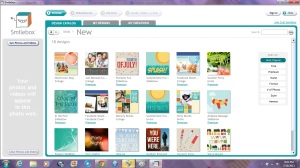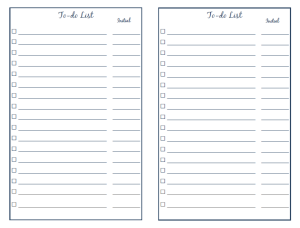I just Googled the word “assessment” it came up with over 124,000,000 responses. Clearly, assessments are everywhere, I can’t tell you how many different kinds we use, but I do want to share two that we have come up with that have proven very helpful. We use these in the classroom, so that we have a clear picture of what the children understand, and we share them with parents, as a tool to show what their children have learned at school.
The first is a basic skills assessment. This was developed for the preschool classrooms, and while the skills may seem very basic, they are exactly what we work on with preschool children. The skills covered this particular assessment include;
Writing samples
2D Shape recognition
Upper and Lowercase letter recognition
Phonetic letter sounds
Number recognition
Number sequencing
10 Frames/Subitization
Patterning
Rhyming
Days of the week and Months
This assessment pack (available on Teachers Pay Teachers) also has printable flashcards to help keep each child’s focus as you work with them. We make one copy per child and use different colored highlighters to track their growth throughout the year. 
The second assessment that we use is standards based. We took all of Ohio’s Early Learning Development Standards and put them in a spreadsheet that follows the child throughout their development. The Infant/Toddler version can be used for the first threes years of a child’s life, and the Preschool version can be used from the time a child turns 3 until they turn 6. This allows teachers to record periods of growth, and parents can see exactly when their child reached certain milestones. These assessments are much longer and more comprehensive than the basic skills assessment, and we typically fill them out only once per year, you can find the Infant/Toddler version and the Preschool version on Teachers Pay Teachers.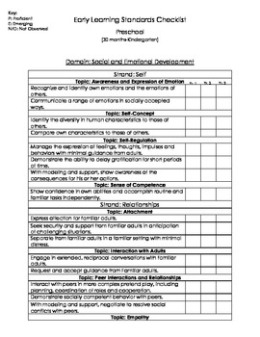
These are only two of the many, many different forms of assessment that we use, but they are great tools for both parents and teachers!
